Fear, stress and anxiety increase when we believe or perceive that our power, influence or control are diminished or threatened by challenges beyond our control. Fear, stress and anxiety are reactions (not illness). We have shifted our locus of control from us… to ”them”.
The similarities and differences between these reactions.
Internally, your reaction to fear, stress, anxiety and depression are similar yet with key difference in triggers, affects and timeframe.
Fear is an intense, biological response to immediate externalthreat and a danger to your safety. Your response is usually intense, physical and very short term. It’s usually unsafe, negative and unpleasant. During the event time dilates, you see more, feel more. By the time you think about it, the trigger is in the past and you may then experience the euphoria of relief and survival. “Adrenaline junkies” thrive on that “high” and deliberately seek such challenges.
Stress is your brain’s response to, mostly externally triggered challenge, change, demand or threat that may trigger a physical response but mostly psychological and short term. It can be positive and helpful (eustress) or negative and unpleasant (distress). Both eustress and distress are of the moment, they are in the present. Eustress fires you up 🔥, distress shuts you down 🔐. Eustress motivates, distress demotivates.
While anxiety is the result of internal tensions creating fear about your ability to perform or address a future challenge. Your response may be physical discomfort, but mostly mental (such as humiliation or rejection) and can be very long term if left untreated.
Depression is an experience where you feel low most of the time and you have also lost interest in things you usually enjoy. You may also have changes in your sleep, appetite, feel guilty, de-motivated and generally withdraw from others.
What Happens in Your Brain:
In the brain: fear, stress and anxiety each have specific triggers for an individual, and each have certain reactions. Between trigger and reaction, a lot of what goes on in the brain is remarkably similar.
It’s worth reminding ourselves that a challenge we consider fearful, someone else may consider a little stressful or even pleasurable!
One simple example I experience regularly. I have a dog, she’s a sweet, but nervous rescue dog about the size of a Labrador. Some people find her adorable, others consider her to be very frightening.
On the other hand, some people find snakes to be interesting and pleasant, whereas I run from them - even video or images of them!
Six stimuli
Remember, Your brain’s #1 job is to keep you “not dead”. You are constantly scanning your environment for any threat that might compromise that situation. Which can be anything that is deemed to threaten your circle of power.
Scanning for threats are your five senses - and these have two routes into the brain:
Visual and auditory stimuli (sight and sounds) go to the Thalamus in the brain. You can think of the Thalamus as the reception lobby of an office where incoming visitors are screened and sent to the appropriate office. If the sight or sound is threatening - the amygdalae are signalled.
Olfactory and Tactile stimuli have direct access straight to the Amygdalae! That is smells and touch go straight to the amygdalae. That’s why you recoil immediately from bad smells or unpleasant touch. Fractionally later from something you see or hear.
Yes five senses, but six stimuli. When they pick up a threat, the information takes one of two routes in your brain:
Route 1 - The Shortcut
Smell, taste and touch stimuli bypass the Thalamus reception desk and gain immediate access to the Amygdala. (This is why smells can evoke such powerful responses!)
The amygdalae informs other brain structures to respond to the perceived threat:
Your Hypothalamus and Pituitary gland trigger your adrenal glands to boost your stress hormones: adrenaline and cortisol.
Too much cortisol short-circuits the Hippocampus (your main memory centre) making it difficult to organise memory.
Your Sympathetic Nervous System (SNS) is stimulated which increases your heart rate and blood pressure, you sweat more and even your skin tingles. All to prepare your body for action against the threat.
Your Freeze, Flight or Fight response is activated - enabling you to increase your sensory awareness and drink in more detail to better deal with the threat.
Your digestive tract is shut down. This diverts energy from digestion to responding to the threat. You may even evacuate your digestive tract in readiness for a survival response. Lunch is less important than escaping the lion behind you!
Route 2 - The High Road
You see or hear something - that information heads to the Thalamus - it’s like the reception lobby of your brain where it “registers” and is directed where to go:
In the case of a sensed threat, that information is sent to the Amygdala which rings the alarm bells down via the Locus Ceruleus and the Sympathetic Nervous System (SNS) which signal the adrenal glands to release hormones called adrenaline (epinephrine) and cortisol. It shifts your heart rate and blood pressure up, shuts down your digestive system and initiates your freeze, fight or flight response - whichever is your most default response to similar situations.
The Freeze, Flight or Fight Response
At first, your response to a new challenge is unconscious. Your response to the "fear" of this new challenge is typified by the Freeze, Fight or Flight response.
🥊 Fight Time: You might get angry and blame others, or
🥶 Frozen: you hide your head and pretend the challenge isn't there (hoping someone else will deal with it), or your mind simply shuts down with the enormity of the challenge, or
🏃♀️ Flight: you flee the scene and get away from the challenge.
And all that happened in an instant without ANY conscious thinking!
That is. Your brain and body have responded to the stimuli BEFORE you have consciously thought about it.
And this is a GOOD thing…. most of the time… at least in real emergencies. In the workplace jungle, or driving along the street…not so much.
It is only AFTER the Sympathetic response is activated that your conscious mind gets involved in thinking about this. Some of the sensory incoming information was sent from the Thalamus reception desk on a longer route through the cortex. Here, the sensory information is analysed and gives meaning to what is seen or heard. If the threat is passed, then the PreFrontal Cortex (PFC), the “executive suite” of your brain is responsible for shutting the fear response down. It’s a little like putting the brakes of a car beside the hot engine, but that’s the way it is.
Stress
Stress, or at least stress inducing hormones are essential to your survival. Even in the modern world. Without cortisol, for example, your blood pressure will drop to dangerously low levels and without immediate intervention, you die. Too little adrenaline and you’d probably not react to real threats and also probably die. Your brain would have failed it’s #1 task to keep you “not dead!”
Distress is a chronic subset of the fear and anxiety response. It’s when our brain’s response continues to signal the production of more cortisol and adrenaline. Your locus of control likely shifts external to being At Effect and believe your circle of power and influence is threatened. Stress manifests in the same way as fear but continues for longer and is perpetuated by the cortex (Route 2: the high road describes above). That is, your thinking determines that the threat is still present and requires the high alert response. Even if your thinking is inaccurate, faulty or toxic.
The upside of stress!
Too little stress and you will be calm. This is perfectly fine if you intend to be calm and doing little, but if you want to perform, you’ll need a little oomph!
Eustress as it is known, is the positive affects of stress. Or rather when your thinking brain (Cortex and PFC) alters the way you think about the negative threat as a positive challenge, that is, your locus of control shifts to being At Cause
That is, effectively puts the brakes on an overwhelming stress response to a situation keeping you in a productive action zone.
It’s how you choose to view the challenge!
Anxiety and Phobias and other toxic thinking (the sixth stimuli!)
The cortex, and especially the PFC is where we also find our 6th stimuli - our thoughts. It’s when our internal thoughts and emotions analysis interpret stimuli as catastrophic, or incorrect, or irrational and inform the amygdala to commence or perpetuate the fear response.
An example would be my “phobia” for snakes, even an image of one sends my thoughts into a tizzy and triggers a fear response. Basically our thoughts can be toxic, unhealthy and unhelpful.
When we “worry” about something in the future, our thoughts and associated emotions (probably from memories, real or imagined) informs the Bed Nucleus of the Stria Terminals (BNST) to perpetuate the fear response typical of longer term anxiety. And even though the PFC should put the brakes on because worry about the future does absolutely nothing positive ever, this irrational or “stinkin’ thinkin’” is allowed to perpetuate and hence, the BNST gets reinforced to continue the fear response. This gives us the illusion of control we saw earlier.
Raw sensory information, attached to our emotional response then heads to the memory centre of the Hippocampus for memory storage.
One of the biggest problems that people face, often without realising it, is that what you fear, you focus on. That is, the very thing you fear is something that you instruct your Reticular Activating System (RAS) to pay special attention. Without realising it, what you fear infects what you serve and worship (it’s the centre of your attention) and it becomes your idol!
Once the threat is passed, we like to post-rationalise any disproportionate emotional response in a desperate attempt to regain that sense of control and power. This is where some people justify their explosive fit of anger as being “righteous” or the victim “deserved it”.
Or perhaps you feel guilty (self-criticise for a mistake or behaviour) because you achieved less than optimal results. Guilt, oddly, enhances our sense of control!
Or perhaps you like to add on some deep shame (complete self-condemnation for your actions or behaviour). Possibly the most difficult and painful emotion causing feelings of disgrace and dishonour to the point where the sufferer may feel that they don’t deserve to be helped, even by themselves!
Amygdala Hijack
Made famous in his seminal book on Emotional Intelligence, Daniel Goldman tells us that an amygdala hijack is an intense emotional reaction that's out of proportion to the circumstance.
It is most often manifest as anger - even rage and effectively disables intervention by the Pre Frontal Cortex (PFC), cutting across the brain and avoiding feelings of guilt and shame (which might have helped you stop yourself at the time).
Depression
Anxiety and depression share overlapping symptoms, but where anxiety is a high-energy state filled with active worry about the future and often something specific, depression appears as a low-energy state where there is a general dread about the present and the future. They can and do co-exist in a cycle where anxiety can lead to depression and depression causes (further) anxiety.
Hormonal imbalance has long been considered a major cause of depression (perhaps because this suits the pharmaceuticals industry?) However, the neuroscience of depression is much more complex than that.
Research is showing that depression isn’t simply about having too little or too much of particular brain chemicals. The cause of depression are much more complex and may include faulty mood regulation in the brain, genetics and stressful life events and continued anxiety.
For example, experts believe stress can suppress the production of new neurons (nerve cells) in the hippocampus, which appears to be smaller in depressed people. And activity in the amygdala is higher when a person is sad or clinically depressed, and this continues even after recovery from depression.
I posit a theory that if our cortex adds a little guilt or shame to these events, we might create the perfect brewing conditions for depression?
Important Note
If you have experienced anxiety for more than two weeks, you should seek professional help and guidance.
Depression is deeply unpleasant and sadly pervasive and it is treatable through counselling and, where appropriate, supported with proper medication.
The Timeline of Fear, Stress, Anxiety and Depression.
As I was researching this, I began to notice a difference in tense people use when considering each facet of these phenomena.
Fear: Past. The event has already occured, I am now reacting to the event
Stress: Present. The event is taking place now and I am responding or reacting to it now
Anxiety: Future. The event is in the future, I am reacting to (anticipating) it now
Depression: Future Ongoing. The event(s) is now and in the future, I am feeling unable to respond appropriately now
Let’s wrap this part and prepare for some pleasure, happiness and joy.
We know that a life without challenges simply does not exist. And if it did, it would be a slow tedium with no growth and hence, only death. We know that to perform any task, our brain and body require a certain level of stress inducing hormones.
We know that we can feel threatened by anything that appears to take away our power or control over our own life. That can be as real as a lion bearing down on you at high speed as you cross its path or as innocuous as a beep on a smartphone.
We also know that our own thoughts can, and often are, the source of our own worry and anxiety. Whether factual and real or not.
The fear response is essential for survival. Less so now, perhaps, than for our cave-dwelling ancestors. However the Bible tells us to “Fear not” (or similar words) 365 times! That’s one for each day of the year.
Fortunately, there’s also a flip side to life beyond stress and performance. There’s pleasure and happiness and even joy this side of heaven. Next time to look at Joy, Happiness and Pleasure in Your Brain





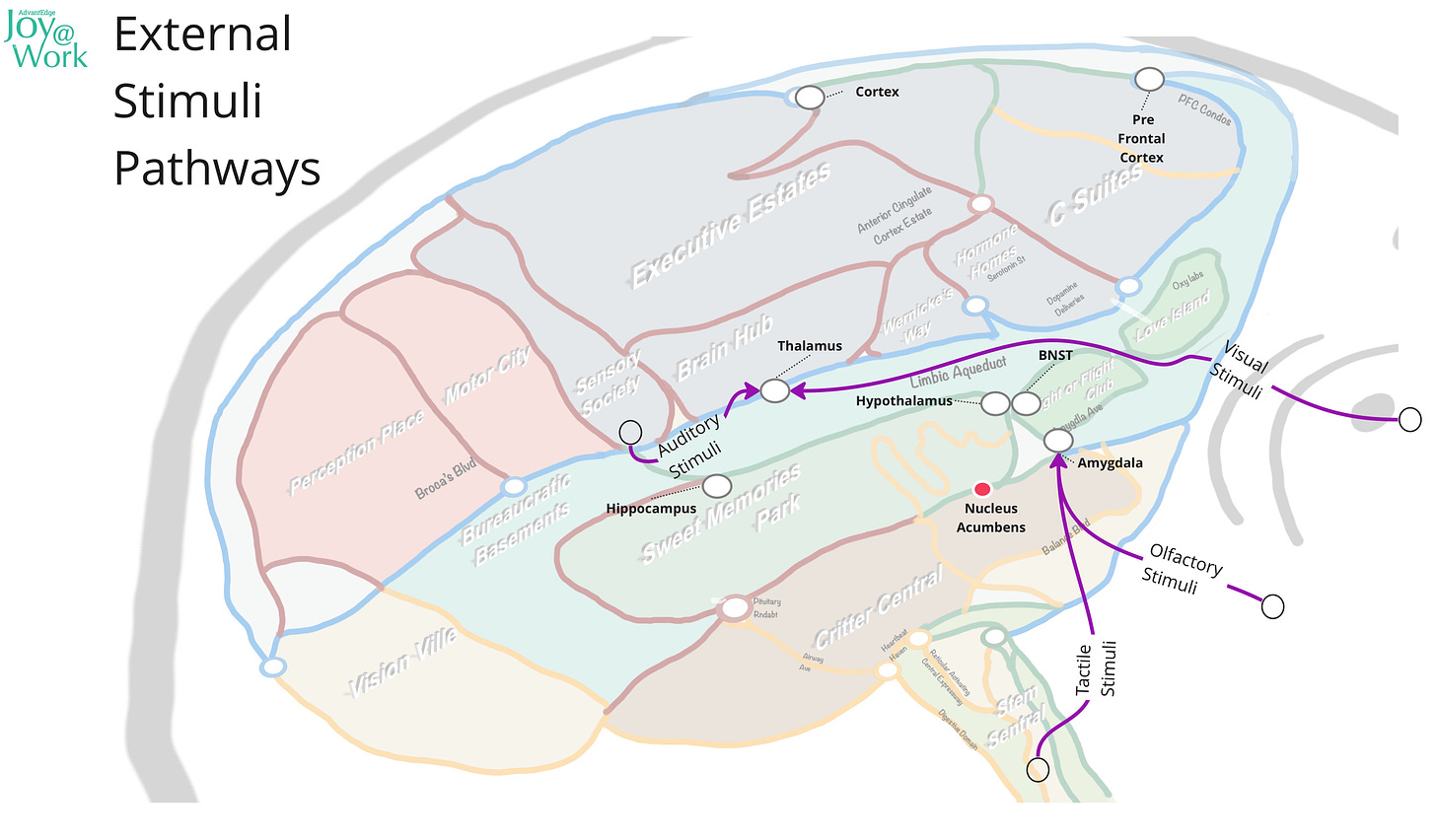
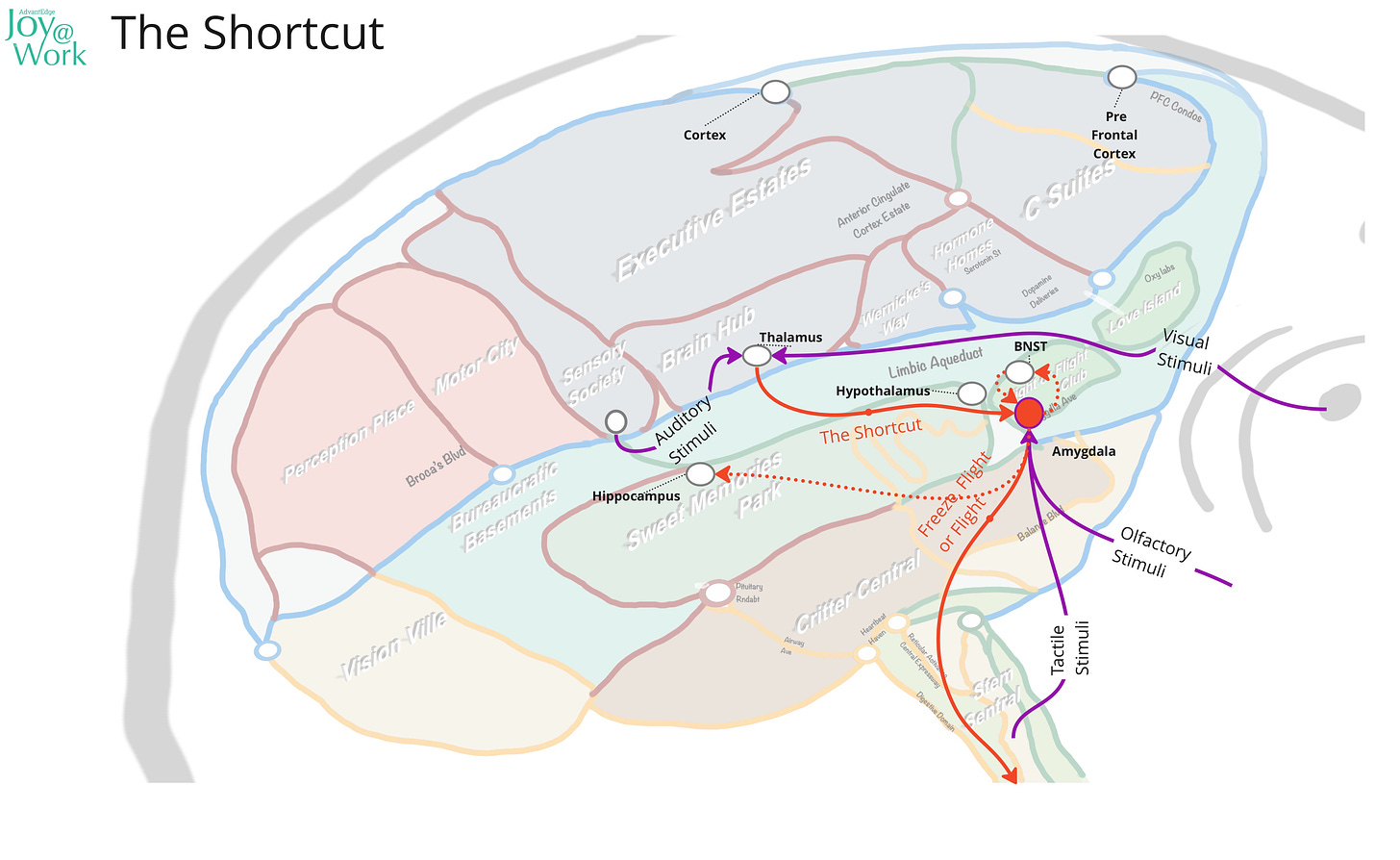
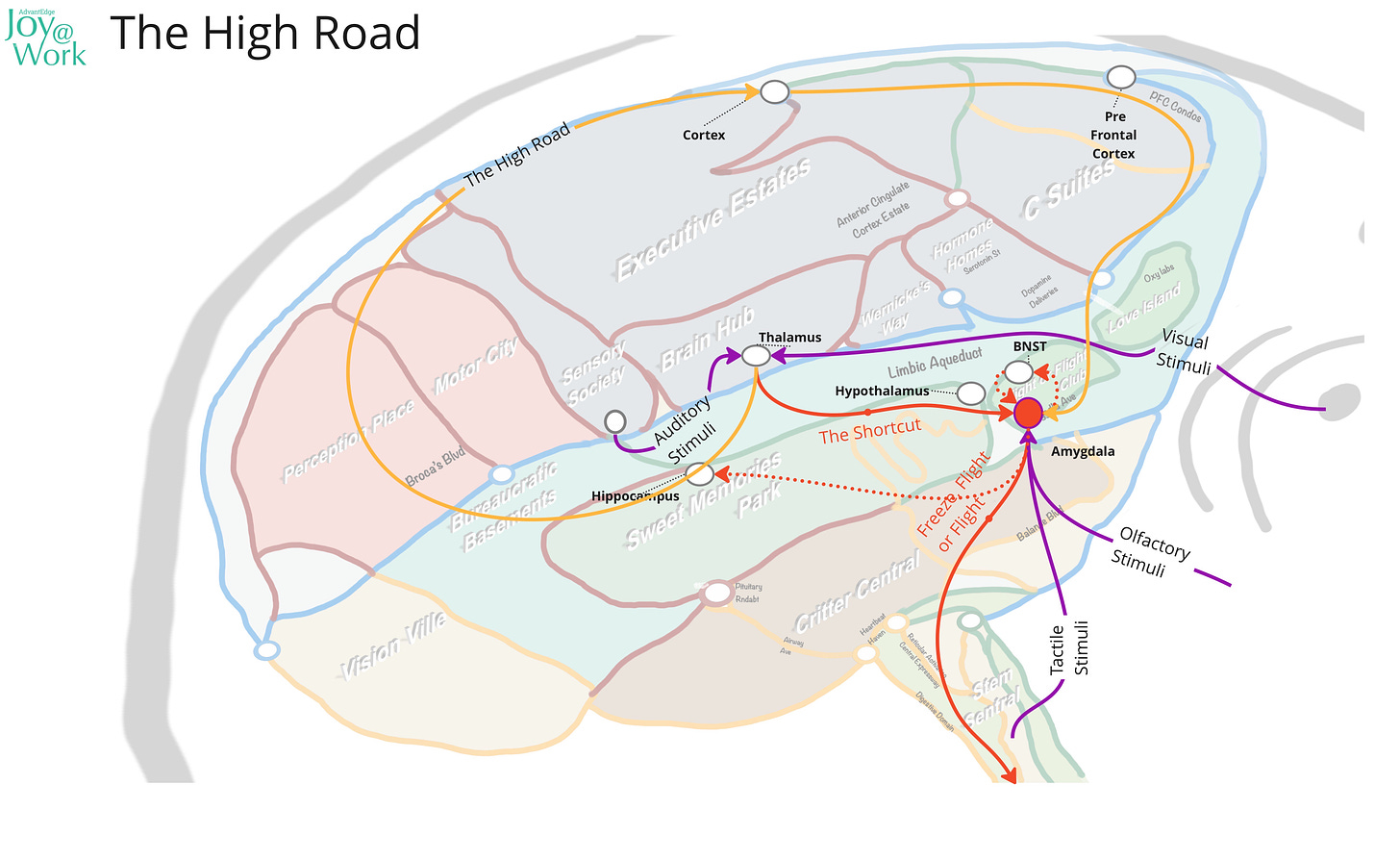
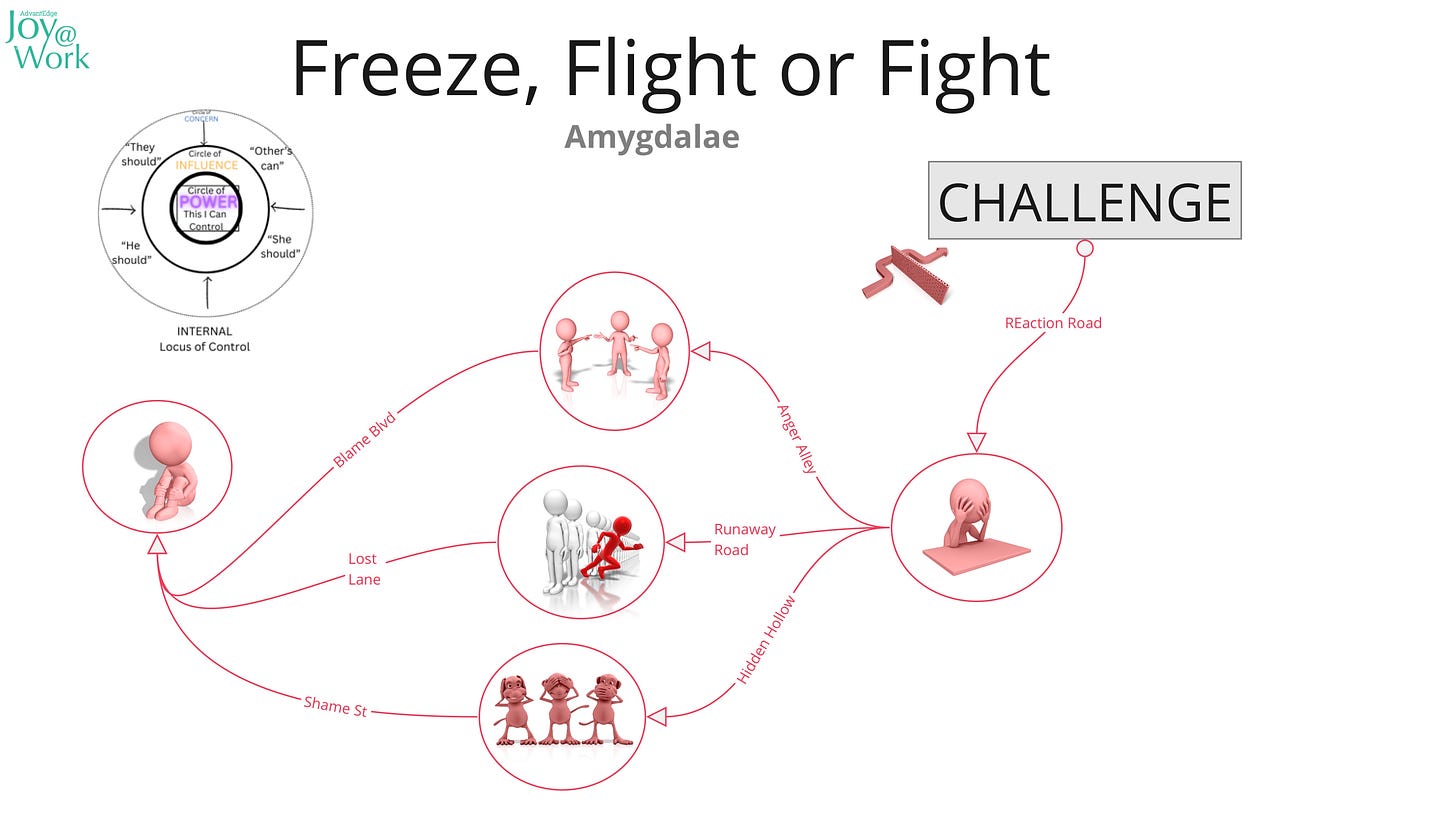
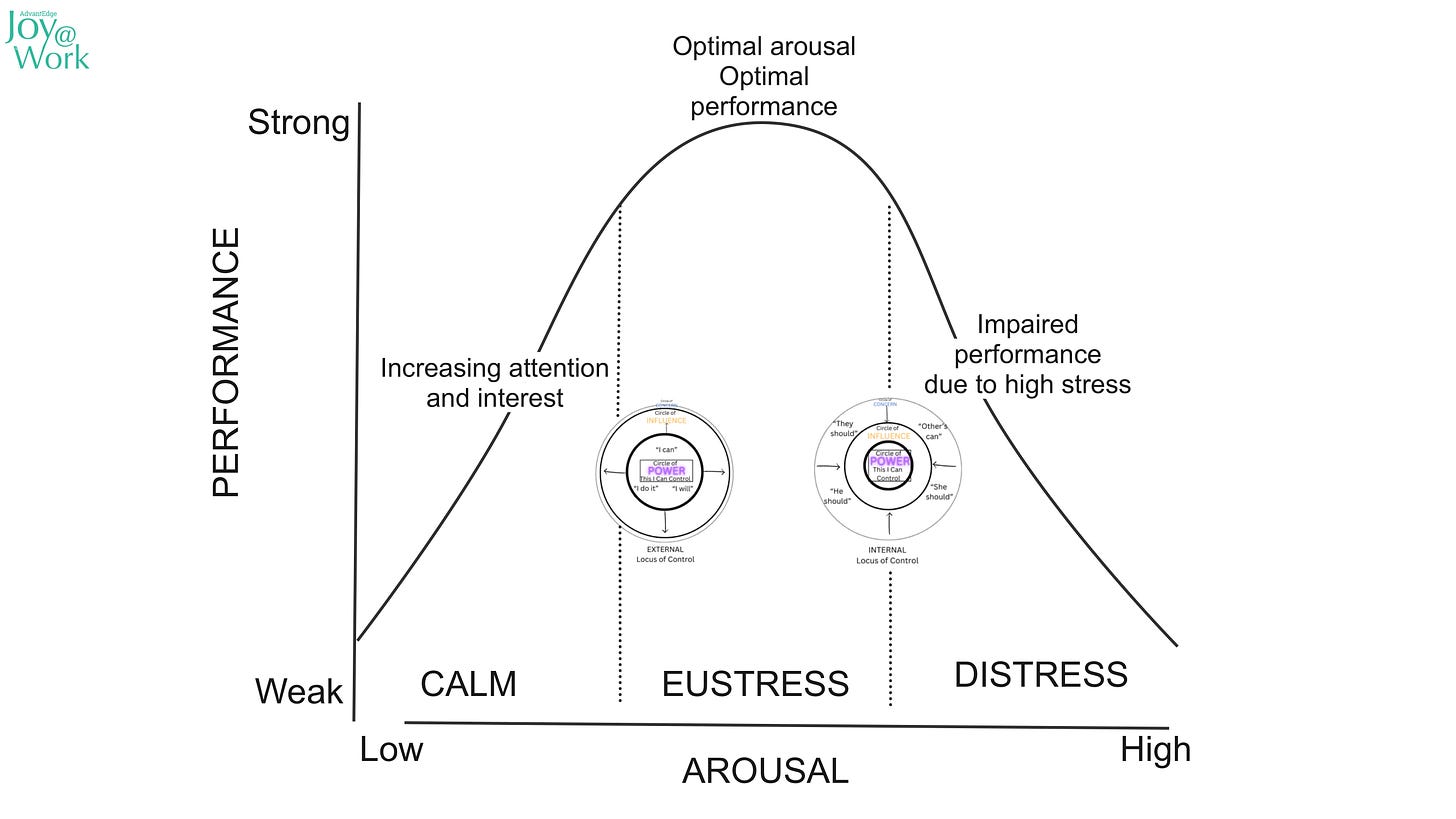
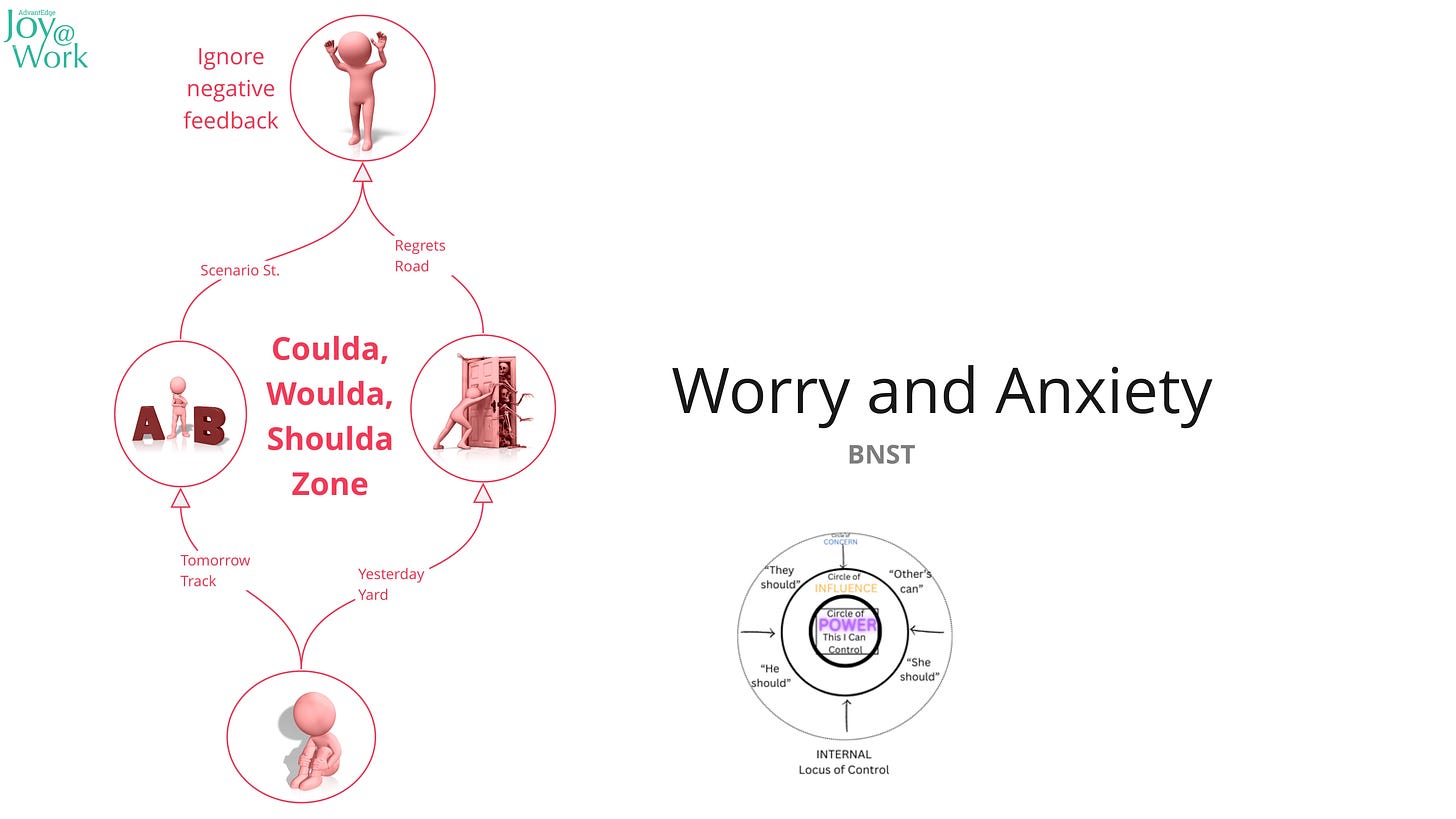
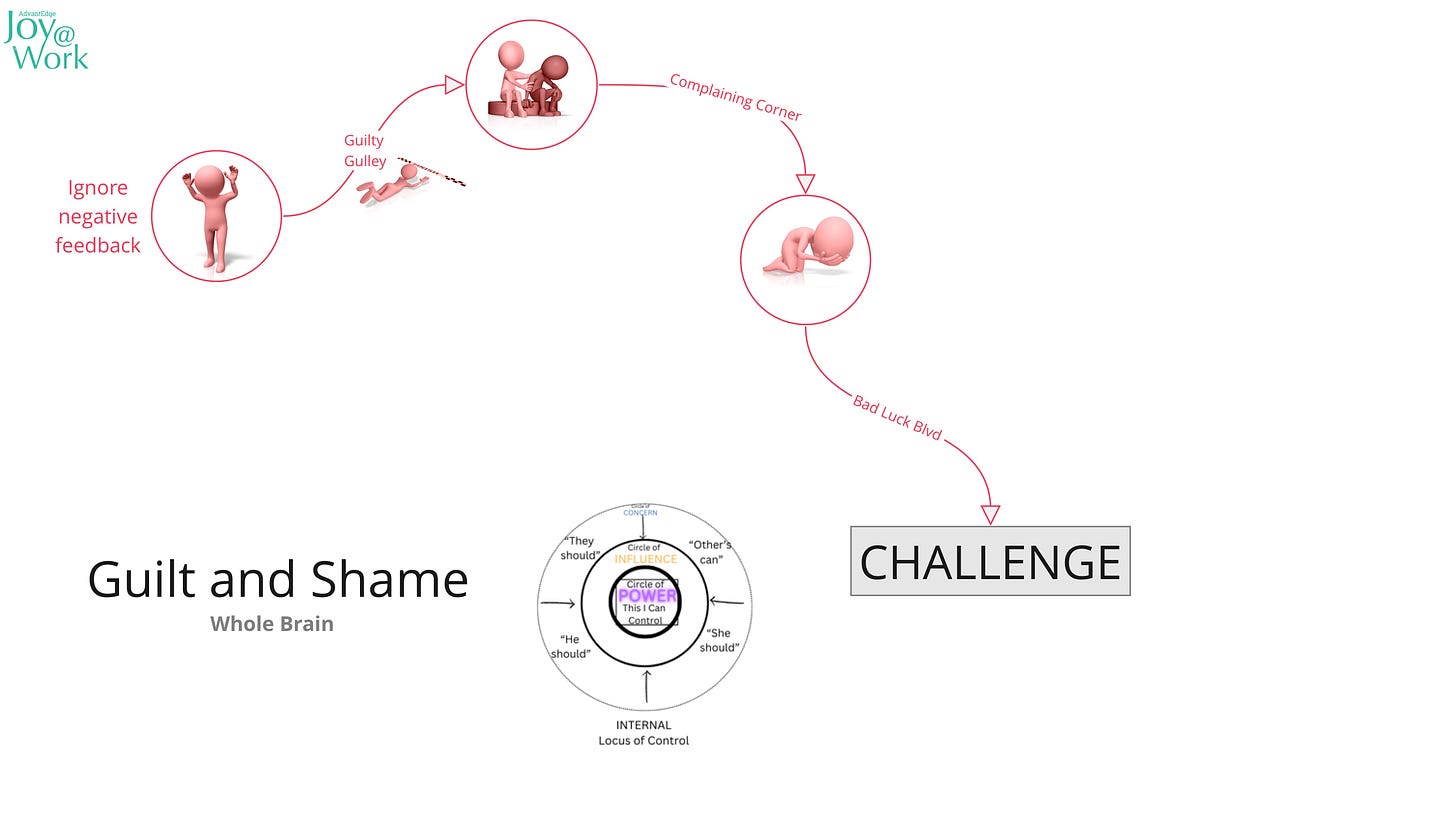
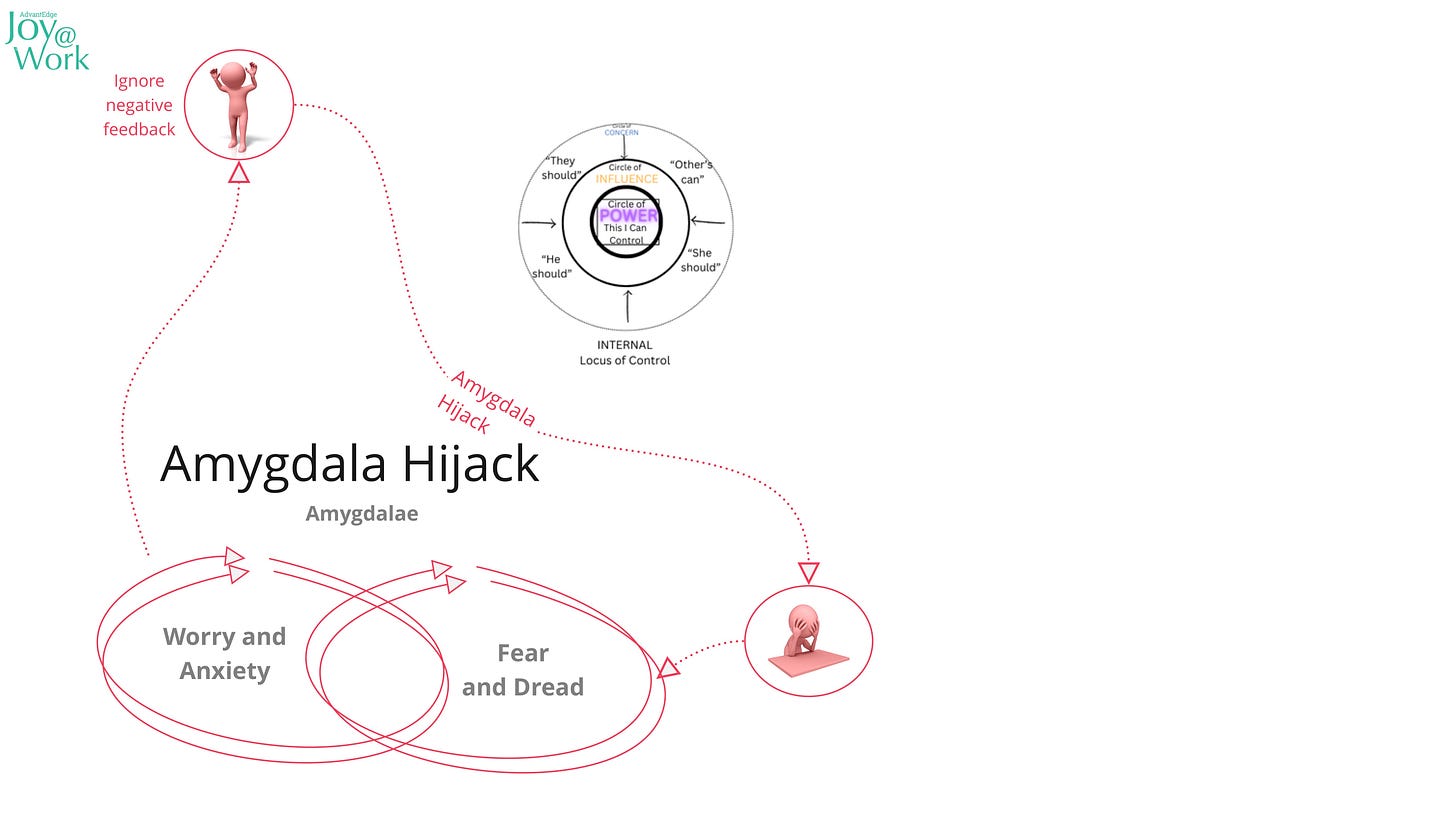
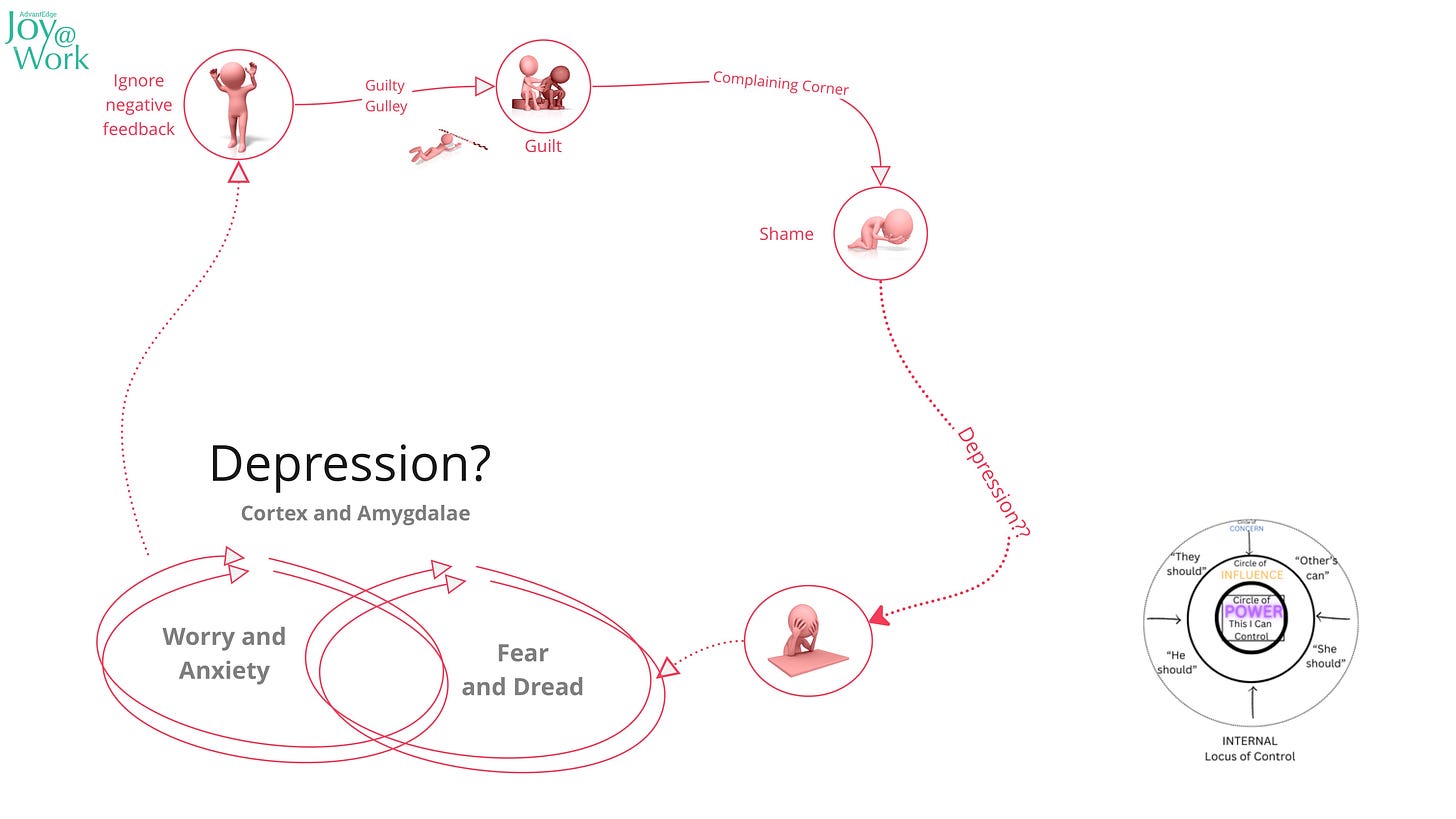



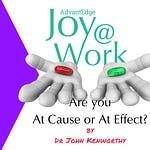

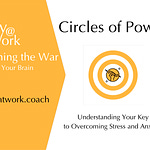
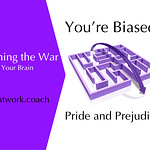
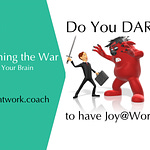
Share this post